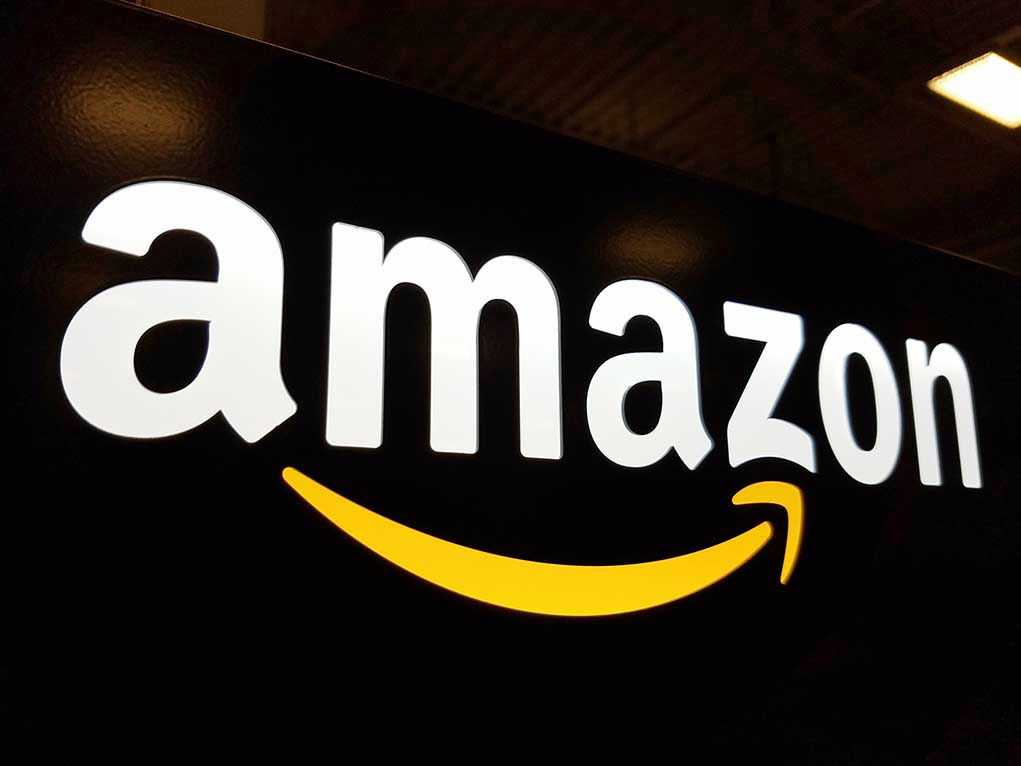
Amazon Prime Day 2025 has exploded into a four-day feeding frenzy—offering deals, drama, and a perfect playground for scammers, while the rest of us wonder how much longer common sense will be on sale.
At a Glance
- Amazon Prime Day 2025 runs for a record 96 hours, from July 8 to July 11, with thousands of exclusive deals for Prime members.
- Competing retailers like Walmart and Best Buy are launching rival sales to fight back against Amazon’s dominance.
- Prime Day’s massive scale once again attracts a surge of scams, phishing attempts, and fake deals targeting shoppers hungry for bargains.
- Prime membership remains the ticket to these “exclusive” deals, but non-members are being lured in by free trials and endless promotional hooks.
Amazon Prime Day 2025: Four Days of Deals and Deception
Amazon Prime Day 2025 isn’t just a shopping event—it’s become a full-blown cultural phenomenon, now stretched to an eyebrow-raising four days. Amazon started this as a way to juice up Prime memberships and clear out warehouses during the summer lull. Now, it’s a retail arms race, complete with breathless deal blogs and a stampede of shoppers all scrambling for a few dollars off a blender, smart speaker, or yet another set of wireless earbuds. The event’s exclusivity is, of course, reserved for Prime members—because nothing says “customer appreciation” like making you pay for the privilege to spend more money.
Prime Day’s expansion is no accident; it’s a calculated move to squeeze maximum profit from American wallets while pushing the subscription model deeper into everyday life. Amazon isn’t just selling products—it’s selling the illusion that you’re winning by spending. Meanwhile, Walmart, Best Buy, and other big-box behemoths are jumping in with their own “Black Friday in July” events, hoping to claw back some market share. The result? A retail battlefield where the only guaranteed winner is the one collecting the membership fees and personal data.
Scammers Lurk Behind the Bargain Bin
Every year, as predictable as tax hikes and government waste, Prime Day brings a tidal wave of scams. Phishing emails, fake Amazon order confirmations, and bogus “support” phone calls flood inboxes and voicemail boxes, targeting shoppers eager to grab a so-called deal. Amazon and consumer watchdogs are issuing warnings and checklists, but let’s be honest: few read the fine print when there’s a 40% discount on a flat-screen TV staring them in the face. The scammers know this, and they’re counting on distraction and desperation to cash in.
Amazon’s official line is that they’re cracking down on fraud and educating consumers. But as the number of Prime members swells and the deals multiply, the opportunities for bad actors only increase. Two-factor authentication, official app notifications, and careful scrutiny of URLs are all recommended—but most shoppers are too busy clicking “Buy Now” to notice. The end result? More Americans falling victim to digital grifters while Amazon quietly counts its profits.
Who Really Benefits? A Closer Look at the Winners and Losers
Prime Day’s real winners are, unsurprisingly, Amazon and its army of third-party sellers—many of them using the event as a springboard to unload inventory at inflated “discounts.” Affiliate marketers and commerce bloggers rake in commissions by curating endless lists of “can’t-miss” deals, while shoppers are left to navigate a confusing jungle of offers, small print, and countdown clocks.
For consumers, the prospect of a big score is always tempered by the risk of scams and the nagging feeling that these “exclusive” deals might not be as special as they seem. Non-Prime members face relentless pressure to sign up or risk missing out, while competing retailers hope their own sales can lure away deal-hungry shoppers. Meanwhile, the explosion of event-driven sales means that meaningful discounts are harder to find, and the average American is forced to wade through more noise than ever just to save a buck or two.











